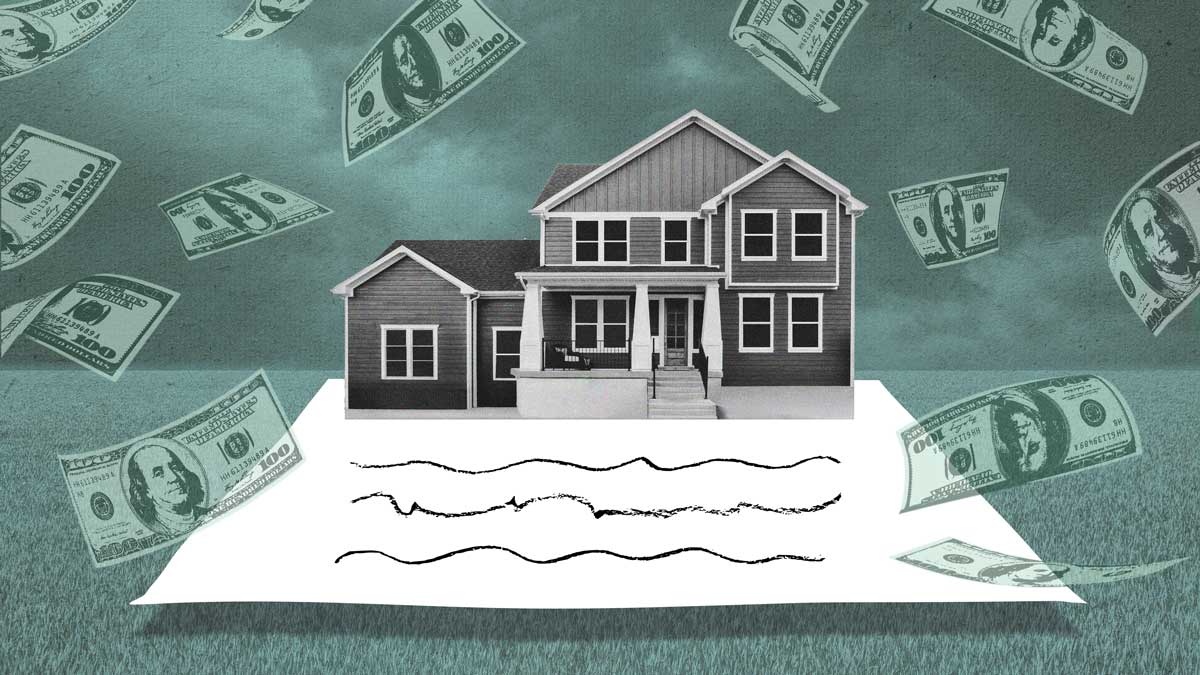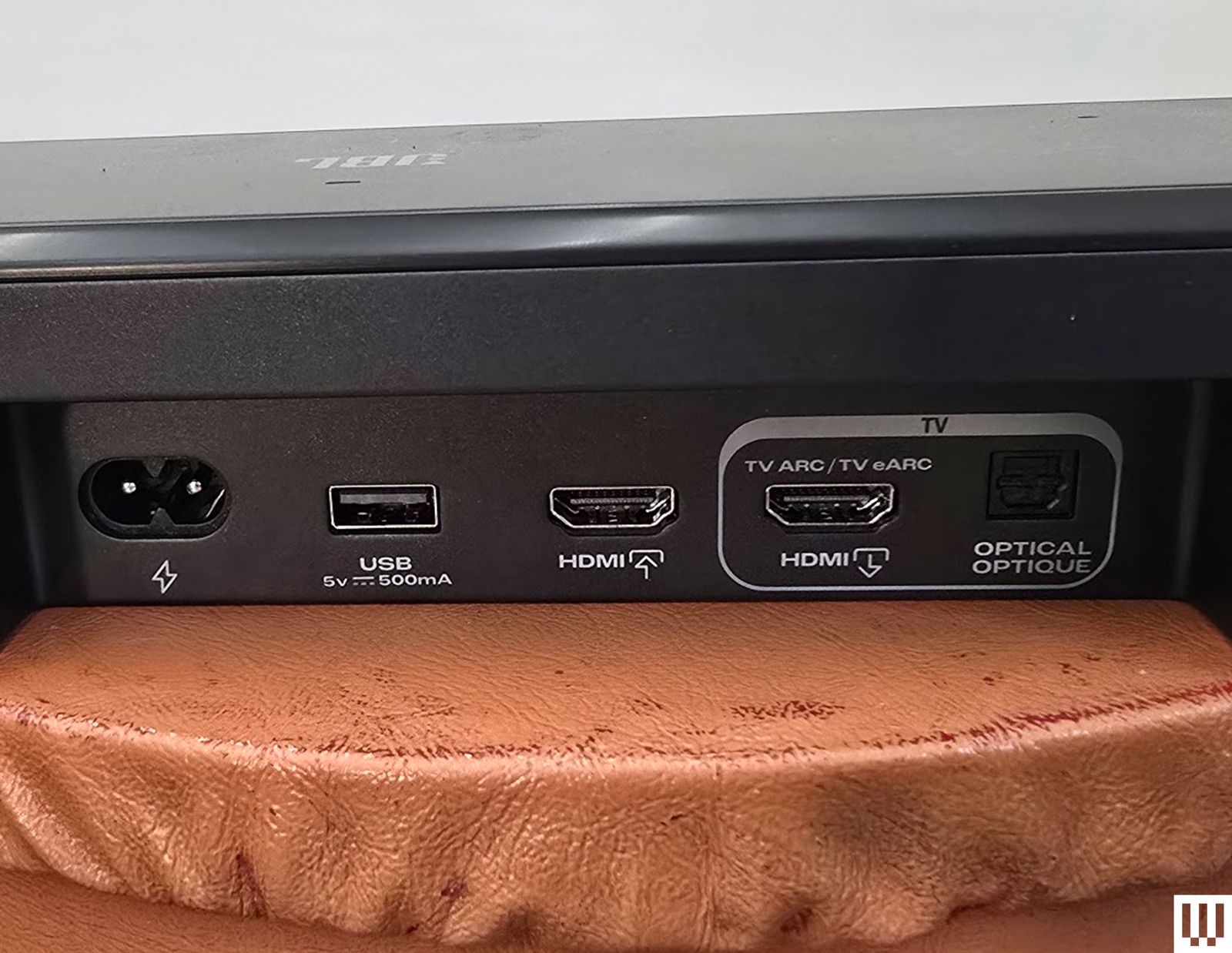
Signs of this crisis are not merely anecdotal. A 2025 report by the Consumer Federation of America found that the average home insurance premium increased (PDF) by nearly 25 percent from 2021 to 2024. But premiums grew even faster in many regions, and more than half the respondents to CR’s 2024-2025 survey of 23,917 U.S. homeowners insurance policyholders said their premiums had increased in the previous 12 months. Numerous consumers told CR their premiums doubled and even tripled since the previous year. A nationally representative 2025 survey by insurance shopping website ValuePenguin found that 1 in 4 homeowners had had their policies canceled in the previous 12 months, and the CFA found in 2024 that 1 in 7 don’t have coverage at all.
These developments have forced many consumers to dig deeper into their pockets. “Homeowners insurance now costs my family more than food, heating oil, and electricity combined,” one consumer from Danbury, Conn., told CR. But the implications can be even more dire. Some consumers told CR that they may be forced to sell homes they can no longer afford to insure. And many Americans who own their homes outright have been forced to drastically underinsure their property—or go without coverage altogether, putting what is often their most valuable asset at risk.
The reasons for all this upheaval are well documented: The cost of building materials and construction labor have jumped 40 percent in recent years; the annual number of billion-dollar weather and wildfire disasters shot up from 10 in 2013 to 29 in 2023, according to the Congressional Budget Office; and the cost of reinsurance, coverage that insurance companies buy to gird themselves against catastrophic loss, is up dramatically as well. Insurance companies pass those costs on to consumers by raising premium prices or by offering less protective coverage, says Amy Bach, executive director of United Policyholders, a nonprofit insurance consumer advocacy organization.
As these market forces continue to ratchet down on homeowners, consumer advocates at CR and other consumer and industry organizations, including United Policyholders and the CFA, have proposed a way to halt—or at least slow—what they see as an unsustainable trajectory: a homeowners bill of rights that would establish a standard set of basic requirements for all policies.
The nine rights envisioned touch on everything from the information consumers are entitled to see when they shop for or renew a policy and what factors an insurer can consider when setting prices, to how much notice insurers must provide before changing or canceling a policy and how much time they have to pay claims.
Although insurance is regulated at the state level, some states provide more robust consumer protection than others. “We consider these rights to be the absolute basics of what all insurers should provide in every state,” says Sara Enright, policy advocate at Consumer Reports. “They would help consumers be more informed, stay safer, and be more resilient when disaster strikes.”
The consumer advocates behind the bill of rights hope that the insurance industry will embrace these baseline standards. But they also plan to push policymakers to codify them in laws or regulations. In almost every case, Enright says, versions of the nine proposed rights have already been established by law in one or more U.S. states.
“The insurance industry is already complying with most of these rights in some states,” Enright says. “We think many insurance companies would be willing to extend these important protections to all policyholders if they knew they were competing on a level playing field.”
Industry representatives don’t necessarily agree. “States already have robust insurance regulatory systems and similar consumer protection statutes or regulations in place that address things like claims handling practices, cancellation or nonrenewal procedures, communication expectations, and disclosure/transparency rules,” says Karen Collins, vice president of property and environmental at the American Property and Casualty Insurance Association (APCIA), an industry group that represents U.S. home, auto and business insurers, when CR contacted the organization about the Homeowners Insurance Bill of Rights.
Here’s a look at the nine rights that consumer advocates aim to establish, along with tips you can use to protect yourself and your home in the meantime.









